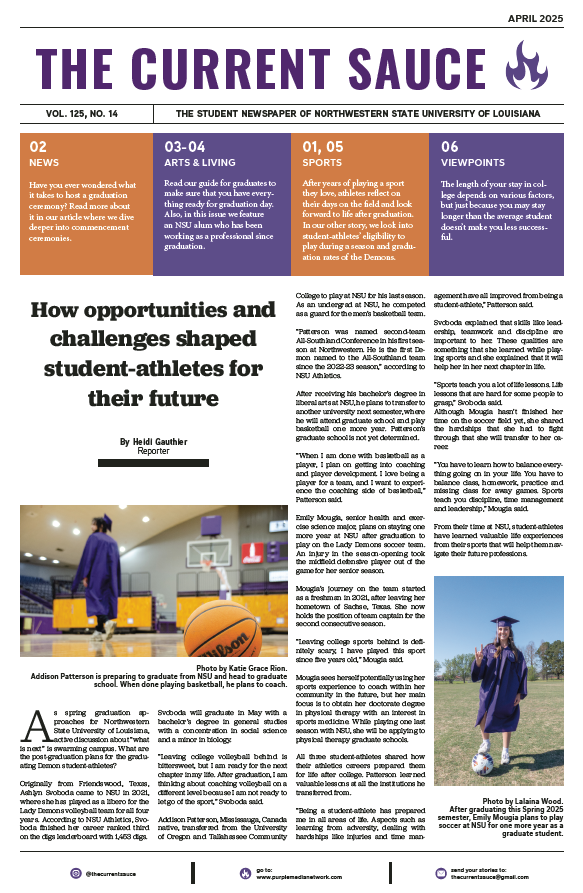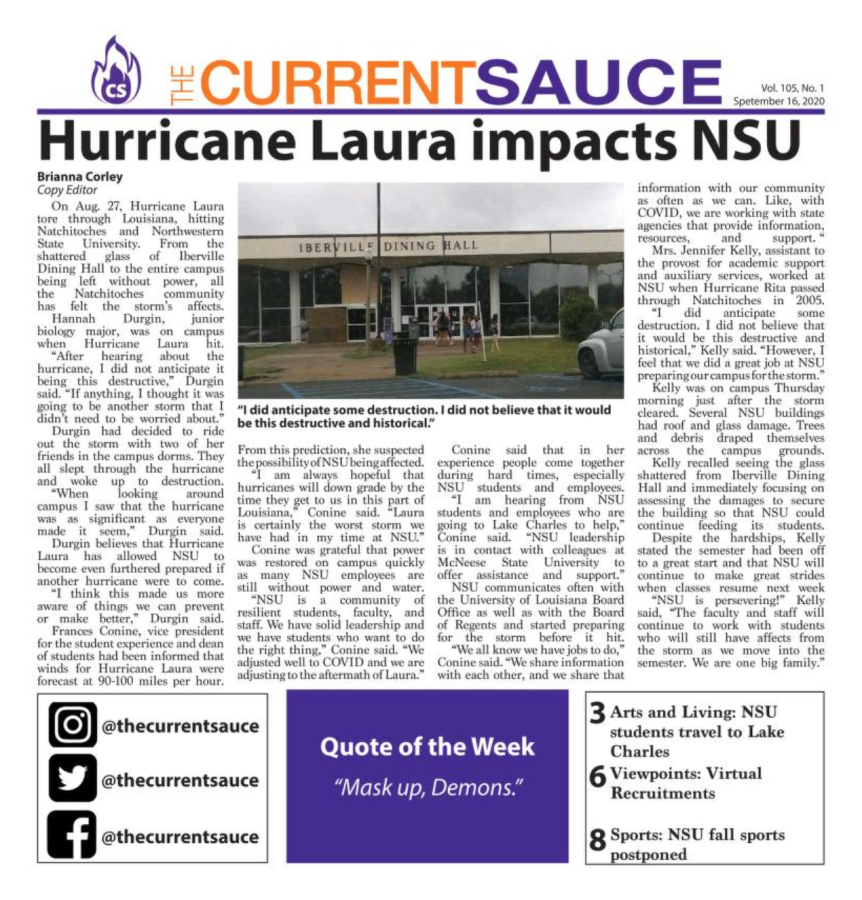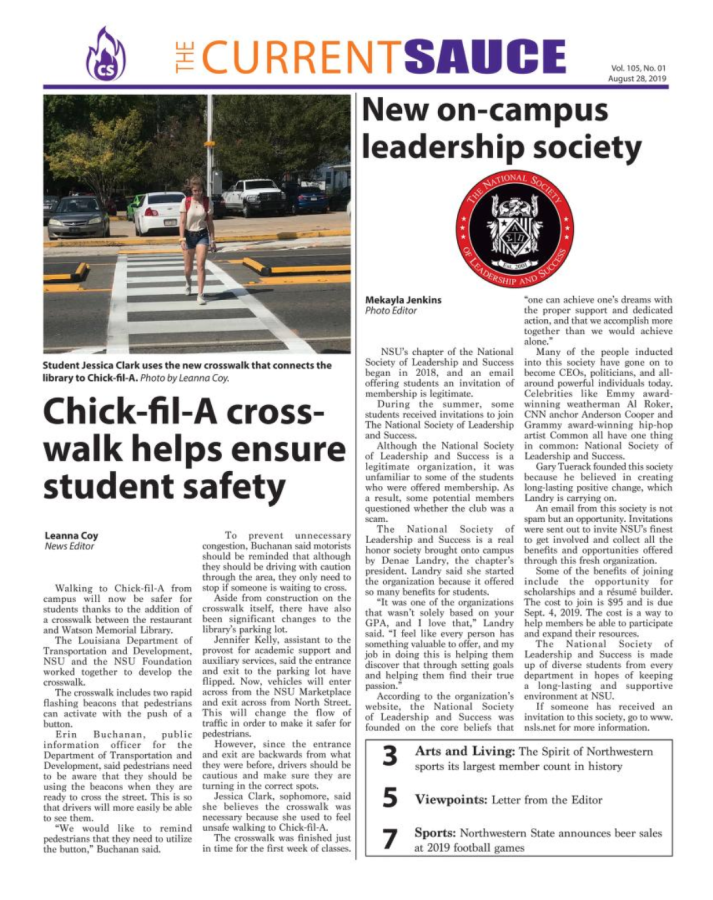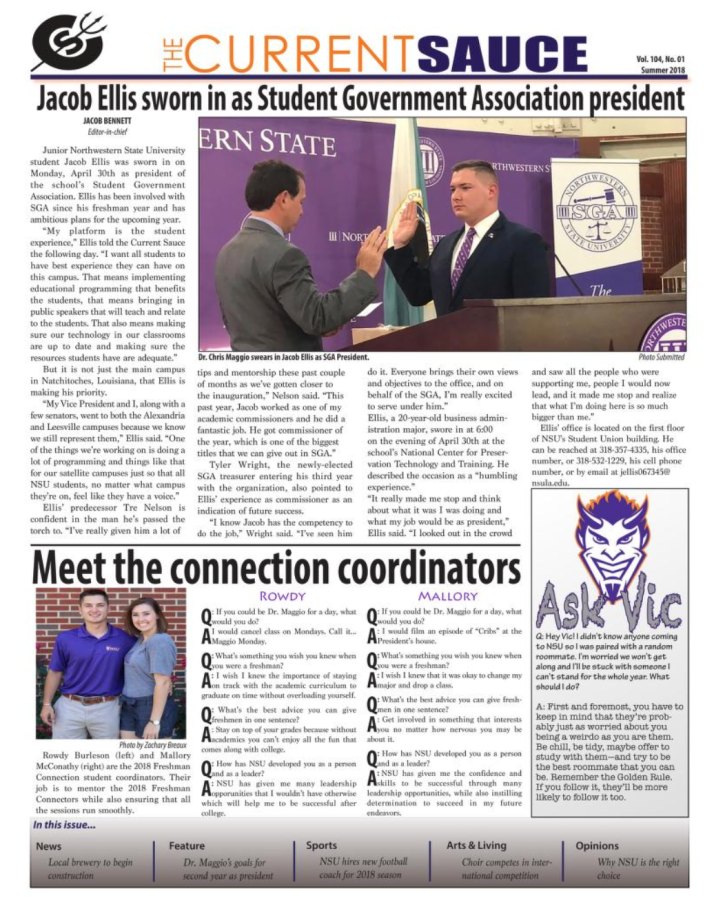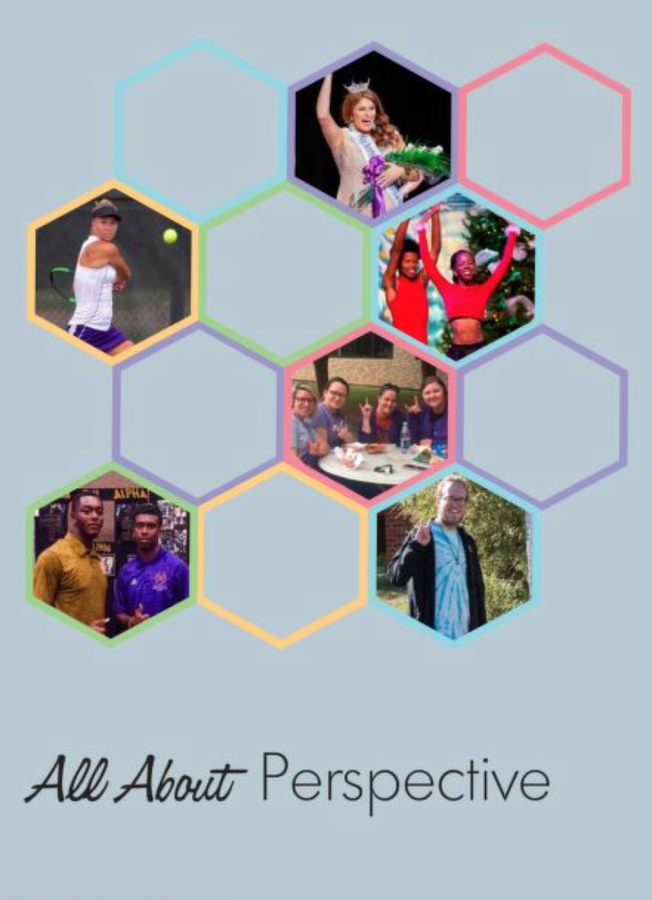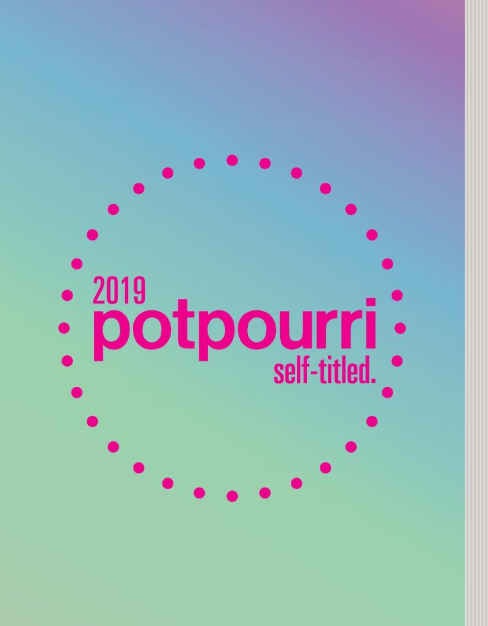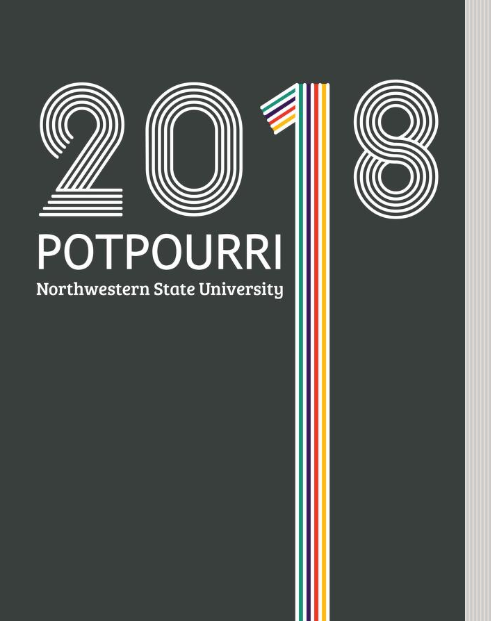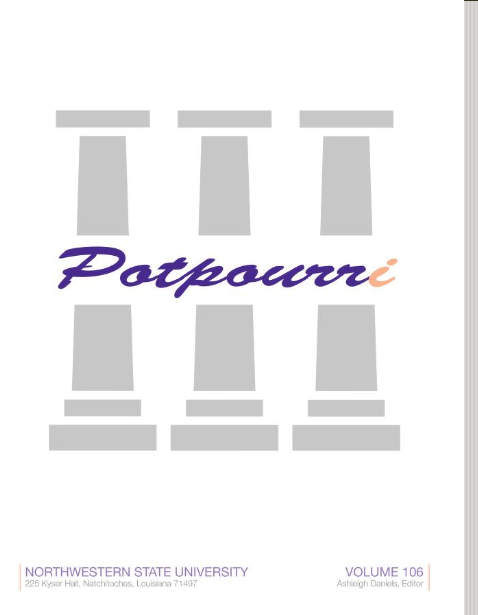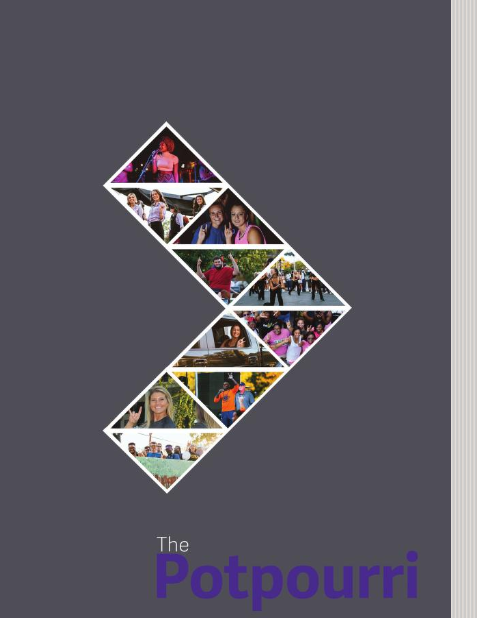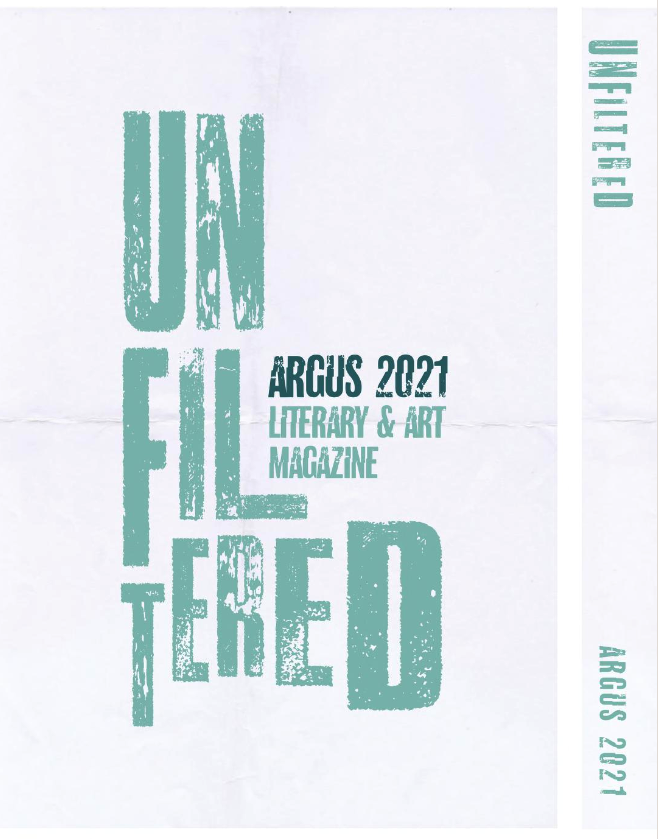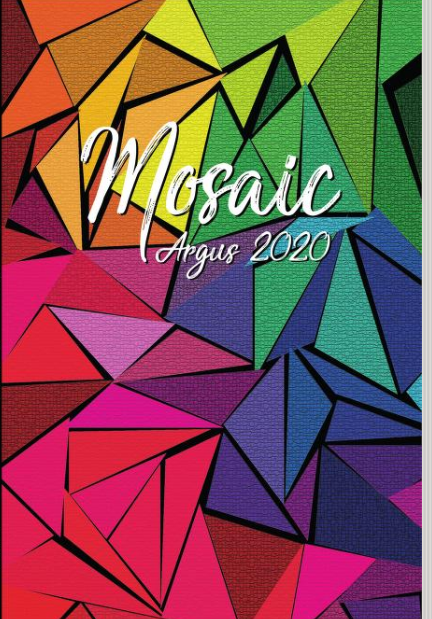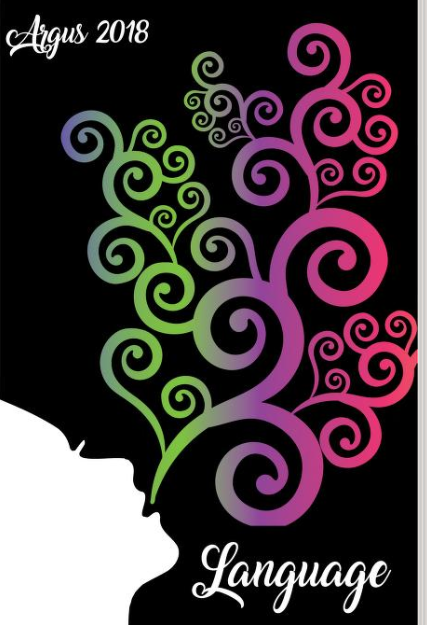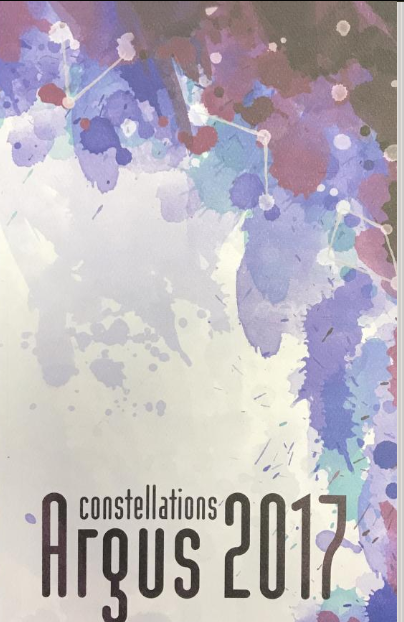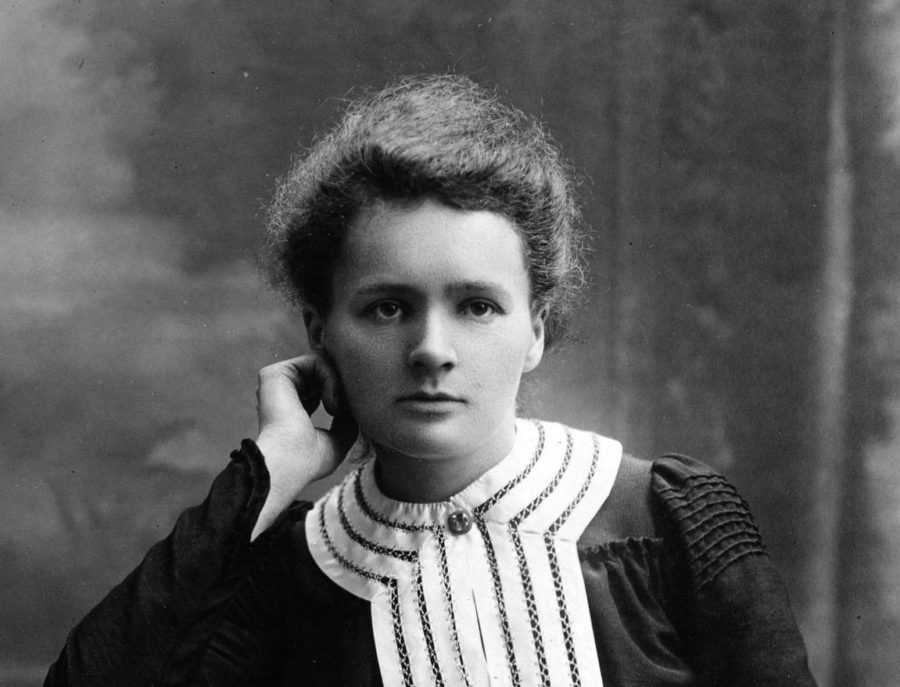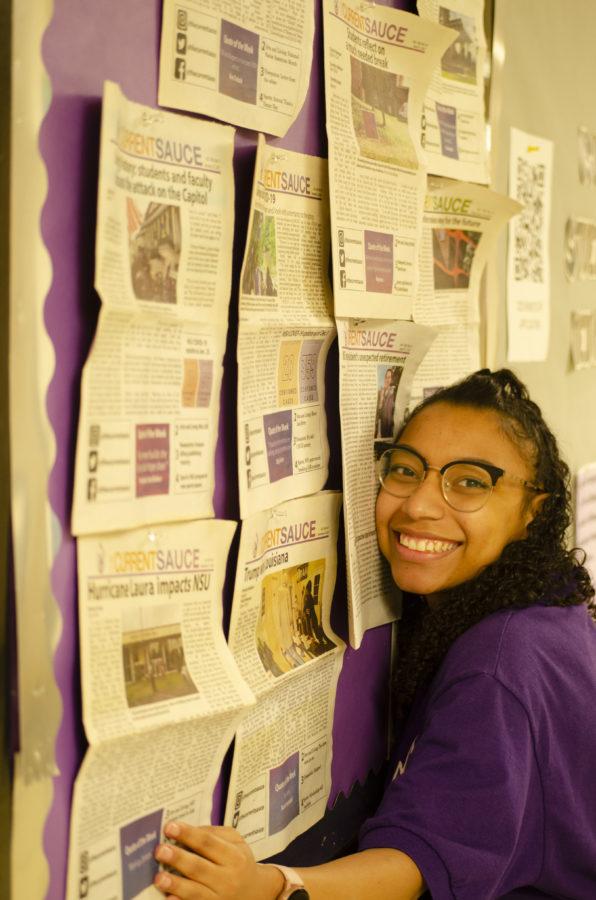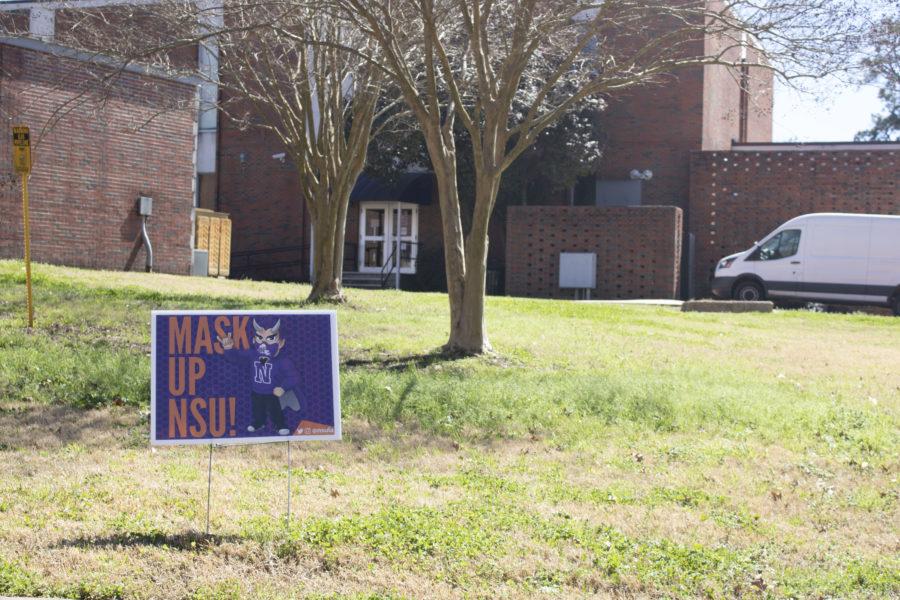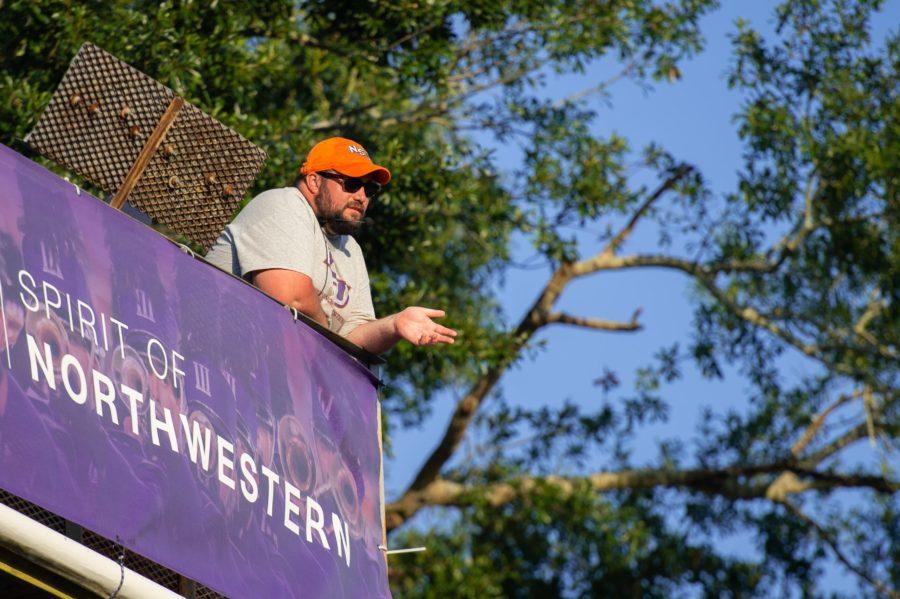Grace Hignight
Contributing Writer
Throughout all of history, to me Madame Marie Curie is the most inspiring and interesting person. Her courage, brilliance and perseverance in the pursuit of scientific discovery will always be admirable and praiseworthy.
As a woman in a male dominated field, she led the way for many other women to pursue their own careers in science. Through her hard work and dedication, she also opened doors for women in many other fields of study.
Her unbreakable spirit, passionate love for education, and undeniable genius will always make her an inspiration to me.
Born in Warsaw, Poland in 1867, as Maria Sklodowska showed talent in science studies at a very young age. As the daughter of a secondary-school teacher, Curie received a general education with some advanced scientific training from her father.
As a young woman, she traveled to Paris in order to continue her studies in science. It was there that she met professor Pierre Curie, her future husband and research partner. Curie’s early research practices were marred by difficulties. Poor conditions in the laboratories, unhealthy experimental procedures, and lack of funding were major setbacks. Still, despite so many difficulties, the research thrived.
With the discovery of radioactivity, a term coined by Curie herself, came many other successes for the scientifically gifted woman. After analyzing radioactivity, Curie isolated and discovered the element polonium, which, she named in honor of her home country.
Upon further research she developed methods in order to separate radium from radioactive residues. This would eventually lead to her creation of portable x-ray machines. Curie was often described as a quiet and dignified woman.
However, she was oftentimes seen as a lesser talent than her male counterparts. Still, she persisted despite her peers’ disapproval. Curie is the only person to have received two Nobel Prizes for two different sciences. Sadly, Curie’s world-changing research and invention did not come without a heavy cost.
She passed away at age 66 of aplastic anemia from large amounts of exposure to radiation. To this day, her coffin is surrounded by an inch of lead in order to protect visitors from her radioactive remains.
Curie fought against stereotypes and prejudices in order to make her lasting mark on the field of science, and the world, forever. For these reasons, she will forever be an inspiration and role model to me.




